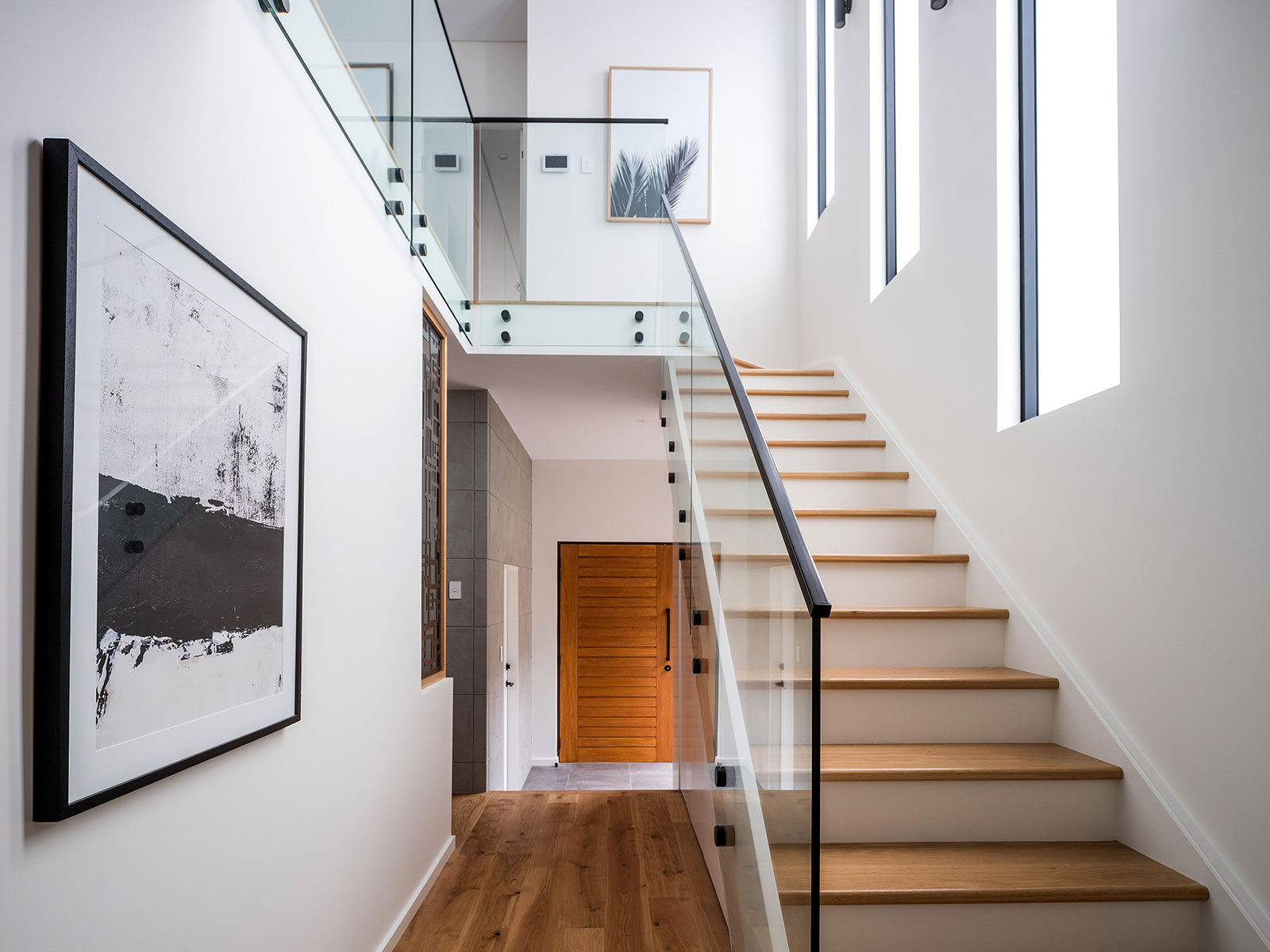

Articles
How Much Do Stairs Cost To Build
Modified: October 20, 2024
Find out the average cost of building stairs in this comprehensive article. Discover valuable insights and expert tips for an affordable staircase installation.
(Many of the links in this article redirect to a specific reviewed product. Your purchase of these products through affiliate links helps to generate commission for Storables.com, at no extra cost. Learn more)
Introduction
Stairs are an essential architectural element in most buildings, providing access to different levels and adding aesthetic value to the space. Whether you are building a new home or renovating an existing one, understanding the cost of stair construction is crucial. The cost of building stairs can vary significantly depending on various factors such as the type of staircase, materials used, and labor costs.
In this article, we will explore the different factors that affect the cost of staircase construction, break down the cost of materials and labor, highlight additional costs you should consider, and provide some tips for reducing stair construction costs.
By the end of this article, you will have a better understanding of the expenses involved in building stairs and be equipped with the knowledge to make informed decisions and plan your budget accordingly.
Key Takeaways:
- The cost of building stairs is influenced by factors such as design complexity, materials used, and labor expenses. Balancing aesthetics and budget is crucial for a successful stair construction project.
- To reduce stair construction costs, consider simpler designs, cost-effective materials, and DIY options. Thorough research, multiple quotes, and realistic budgeting are essential for a smooth and budget-friendly construction process.
Read more: How Much Do Floating Stairs Cost
Factors Affecting Stair Construction Costs
Several factors can influence the cost of constructing stairs. It’s essential to consider these factors to get an accurate estimate and effectively plan your budget. Let’s take a closer look at the key factors that can impact the overall cost of stair construction:
- Design Complexity: The complexity of the staircase design plays a significant role in determining the cost. Straight stairs are the simplest and most cost-effective option. However, if you opt for a more intricate design, such as curved or spiral stairs, the cost will increase due to the additional labor and materials required.
- Materials Used: The choice of materials directly affects the cost of stair construction. Different materials, such as wood, metal, glass, or concrete, have varying price points. For example, hardwood stairs tend to be more expensive compared to carpeted or laminate stairs. Additionally, if you opt for high-end materials or custom finishes, expect the cost to increase.
- Dimensions and Height: The size and height of the staircase will impact the cost. Larger and taller stairs require more materials and labor, resulting in higher expenses. Additionally, if your staircase needs to comply with accessibility regulations and requires additional features such as handrails, landings, or ramps, the cost will increase accordingly.
- Location: Construction costs can vary based on your geographical location. Labor rates, material availability, and transportation costs can differ from one region to another. It’s essential to research and consider local pricing trends when estimating the cost of stair construction.
- Customization and Finishings: Adding customized elements or special finishes to your staircase will increase the overall cost. For instance, if you want ornate balusters, intricate carvings, or unique handrails, expect to pay more for the labor and craftsmanship involved. Similarly, the choice of finishes, such as paint, stain, or varnish, can also affect the cost.
Keep in mind that these factors are interconnected, and changes in one aspect may impact others. For example, choosing high-end materials may require the expertise of skilled craftsmen, which can result in higher labor costs. It’s crucial to strike a balance between your desired design and your budget constraints.
Types of Staircases
Staircases come in various designs, each with its own unique characteristics and aesthetic appeal. Understanding the different types of staircases available can help you choose the style that best suits your needs and fits within your budget. Let’s explore some common types of staircases:
- Straight Stairs: This is the most basic and straightforward type of staircase. It consists of a single straight flight of stairs connecting two levels. Straight stairs are typically the most cost-effective option, as they are relatively easy to build and require fewer materials compared to more complex designs.
- L-Shaped Stairs: L-shaped stairs consist of a straight flight of stairs that turns at a 90-degree angle, creating an L shape. This design is often used when space is limited or when you need to change the direction of the staircase. L-shaped stairs add visual interest to the space and can be more expensive than straight stairs due to the additional landing and construction complexity.
- U-Shaped Stairs: U-shaped stairs feature two flights of stairs that turn in opposite directions, creating a U shape. This design is commonly used in larger spaces or grand entrances. U-shaped stairs offer a grandeur aesthetic and can be more costly to construct due to the need for landings and additional materials.
- Spiral Stairs: Spiral stairs are a compact and visually appealing option. They feature a central column around which the steps spiral upward. Spiral stairs are an excellent choice for small spaces where traditional staircases may be impractical. However, the unique design and intricate construction can make them more expensive compared to other types.
- Curved Stairs: Curved stairs offer elegance and architectural beauty. They feature a continuous flowing curve and are often custom-designed to suit specific spaces. The construction of curved stairs requires skilled craftsmanship and precise measurements, making them one of the most expensive options.
Each type of staircase has its own advantages and considerations in terms of budget, space requirements, and design preferences. By understanding the various options available, you can select the staircase type that best matches your style and fits within your budget constraints.
Cost Breakdown: Materials
The choice of materials significantly affects the overall cost of stair construction. Different materials have varying price points and can impact both the aesthetics and durability of the staircase. Let’s break down the cost of materials commonly used in stair construction:
- Wood: Wood is a popular material choice for stairs due to its natural beauty and versatility. Hardwood, such as oak or maple, tends to be more expensive than softwood options like pine or spruce. The cost of wood varies based on the quality, finish, and availability in your region. Additionally, if you opt for exotic or rare woods, expect the cost to be higher.
- Metal: Metal stairs offer a sleek and modern look. Common metals used in stair construction include steel, iron, and aluminum. The cost of metal stairs depends on the type and thickness of the metal, as well as the complexity of the design. Steel stairs, for example, tend to be more expensive than aluminum stairs due to its strength and durability.
- Glass: Glass stairs create a contemporary and elegant appeal. They are often made with tempered or laminated glass for safety purposes. The cost of glass stairs can vary based on the thickness and quality of the glass, as well as the design complexity. Keep in mind that glass stairs may require additional structural support, which can add to the overall cost.
- Concrete: Concrete stairs are known for their durability and stability. They can be cast on-site or precast and then installed. The cost of concrete stairs depends on factors such as the thickness, finish, and any additional decorative elements. Keep in mind that the installation of concrete stairs may require professional expertise, which can be an additional expense.
- Other Materials: Apart from the main structural materials mentioned above, there are additional materials required for stair construction. These include adhesives, fasteners, sealants, and finishing products such as paint or stain. The cost of these additional materials may vary depending on the specific requirements of your staircase construction project.
When estimating the cost of materials, it’s essential to consider the quantity needed based on the dimensions and design of your staircase. Additionally, keep in mind that the prices of materials can fluctuate based on factors such as market conditions and location. Researching local suppliers and comparing prices can help you make cost-effective choices without compromising on quality.
When budgeting for building stairs, consider the materials (wood, concrete, metal), labor costs, permits, and any additional features like railings or landings. Get multiple quotes to compare prices and find the best deal.
Cost Breakdown: Labor
Labor costs are a significant component of stair construction expenses. The complexity of the design, size of the staircase, and materials used all influence the amount of labor required. Let’s break down the labor costs involved in constructing stairs:
- Measurement and Design: Before the construction process begins, accurate measurements and detailed design plans are crucial. This step involves the expertise of architects, engineers, or specialized stair designers. The cost of this initial phase varies depending on the complexity of the project and the professionals involved.
- Carpentry and Construction: Once the design is finalized, skilled carpenters or contractors are needed for the actual construction of the stairs. They will handle tasks such as cutting and shaping materials, installing treads and risers, and building the structural framework. The labor cost for this phase depends on factors like the type of stairs, intricacy of the design, and the experience level of the workers.
- Finishing Work: After the construction is complete, additional labor is required for finishing touches. This includes tasks like sanding, staining, painting, varnishing, or applying any desired finishes. The labor cost for finishing work will depend on the complexity of the chosen finishes and the attention to detail required.
- Installation: If the stairs need to be installed in an existing space or as part of a home renovation, additional labor costs may be incurred. This involves removing the old stairs (if applicable) and properly installing the new staircase. The installation process may require the coordination of multiple tradespeople, such as carpenters, electricians, and plumbers, depending on the project’s scope.
- Additional Features: If your staircase requires additional features like handrails, balusters, or lighting, the labor cost will increase accordingly. These features require skilled craftsmanship and precise installation to ensure safety and functionality.
It’s important to note that labor costs can vary based on factors such as the location, demand for construction services, and the experience level of the workers. Obtaining multiple quotes from reputable contractors or construction companies will help you compare prices and choose the one that offers the best value for your budget.
Read more: How Much Does It Cost To Build Deck Stairs
Additional Costs to Consider
When planning for stair construction, it’s essential to consider additional costs that may arise throughout the process. These costs can impact your overall budget and should be taken into account to avoid any surprises. Here are some additional expenses to consider:
- Permits and Regulations: Depending on your location and the scope of the project, you may need to obtain permits from your local municipal authorities. These permits ensure that the construction meets building codes and safety regulations. The cost of permits can vary, so it’s important to research the requirements in your area.
- Structural Modifications: If your staircase requires structural modifications or reinforcements, additional costs may be incurred. This includes tasks like removing walls, reinforcing floors, or installing support beams. Consulting with a structural engineer can help determine the extent of these modifications and any associated costs.
- Transportation: If you’re sourcing materials from different locations, transportation costs can add up. This includes delivering the materials to your construction site. Consider the distance, weight, and fragility of the materials when estimating these transportation costs.
- Disposal of Debris: During the construction process, there will be debris and waste materials that need to be properly disposed of. Renting a dumpster or hiring a waste removal service comes with additional costs. Make sure to factor in these expenses when budgeting for the project.
- Unexpected Repairs or Changes: It’s essential to be prepared for unexpected repairs or changes that may arise during the construction process. This could include discovering hidden structural issues, additional work requested during the project, or unforeseen complications. Having a contingency fund can help cover these unexpected costs without disrupting your budget.
- Insurance: Depending on the scale of the project, it may be necessary to have construction insurance to protect against accidents, damages, or liability issues. Consult with an insurance professional to determine the appropriate coverage needed and include the cost of insurance in your project budget.
By considering these additional costs upfront, you can create a more accurate budget for your stair construction project. It’s always recommended to have a buffer or contingency fund to account for any unexpected expenses that may arise.
Tips for Reducing Stair Construction Costs
Building stairs doesn’t have to break the bank. With careful planning and consideration, you can take steps to reduce stair construction costs without compromising on quality. Here are some tips to help you save money during the process:
- Simplify the Design: Opt for a simpler staircase design that requires fewer materials and labor. Straight stairs are typically the most cost-effective option, while complex designs like curved or spiral stairs can significantly increase costs.
- Choose Cost-Effective Materials: Select materials that offer a good balance between affordability and durability. For example, consider using a combination of wood and metal instead of solid hardwood or expensive glass.
- Compare Material Prices: Research and compare prices from multiple suppliers to ensure you are getting the best value for your money. Look for discounts, sales, or bulk purchasing options to save on material costs.
- Do It Yourself (DIY) Options: If you have the necessary skills and experience, consider tackling some parts of the construction yourself. This can help reduce labor costs, but be sure to only take on tasks that you are confident in completing to avoid any costly mistakes.
- Get Multiple Quotes: Obtain quotes from different contractors or construction companies to compare prices and services. Don’t automatically go for the cheapest option, but rather choose a reputable contractor who offers a fair price for the quality of work.
- Reuse or Recycle Materials: If you’re renovating an existing staircase, explore the possibility of reusing certain components, such as handrails or balusters, instead of purchasing new ones. Additionally, consider recycling materials or repurposing salvaged items to save on costs.
- Plan Ahead for Future Needs: Anticipate any future needs or changes to avoid costly modifications later on. For example, if you think you may eventually want to add a stairlift for accessibility, plan the necessary structural supports during the initial construction to save on potential retrofitting costs.
- Maintain a Realistic Budget: Determine your budget early on and stick to it. Create a detailed budget that includes all expenses, including materials, labor, permits, and any additional costs discussed earlier. Being organized and disciplined with your budget can help you avoid overspending.
- Consult with Professionals: Engaging the services of experienced professionals, such as architects or contractors, can help you make informed decisions and find cost-effective solutions. They can provide valuable insights and advice that can save you time, money, and potential headaches.
Remember, reducing stair construction costs should not come at the expense of safety or quality. It’s crucial to find a balance between your budget constraints and your desired design outcome. By implementing these tips, you can achieve a cost-effective staircase without compromising on the integrity or aesthetics of your project.
Conclusion
Building stairs is a significant component of any construction or renovation project, and understanding the factors that impact the cost is essential for effective budget planning. By considering the factors that affect stair construction costs, such as design complexity, materials used, and labor expenses, you can make informed decisions that align with your budget and design goals.
Throughout this article, we explored the different types of staircases, the cost breakdown of materials and labor, additional costs to consider, and tips for reducing stair construction costs. It’s crucial to strike a balance between aesthetics, functionality, and budget when undertaking a stair construction project.
Remember to thoroughly research and compare prices for materials, obtain multiple quotes from reputable contractors, and consider DIY options or reusing materials to save money. Creating a realistic budget and including contingency funds for unexpected expenses will help ensure a smooth construction process.
Consulting with professionals who have experience in stair construction can provide valuable guidance and ensure that your project meets safety standards and regulations. Their expertise can help you navigate design decisions and find cost-effective solutions.
Ultimately, building stairs is an investment in the functionality, accessibility, and aesthetic appeal of your space. By carefully considering the factors and tips outlined in this article, you can successfully navigate the stair construction process and create a beautiful, functional, and cost-effective staircase for your home or building.
Frequently Asked Questions about How Much Do Stairs Cost To Build
Was this page helpful?
At Storables.com, we guarantee accurate and reliable information. Our content, validated by Expert Board Contributors, is crafted following stringent Editorial Policies. We're committed to providing you with well-researched, expert-backed insights for all your informational needs.
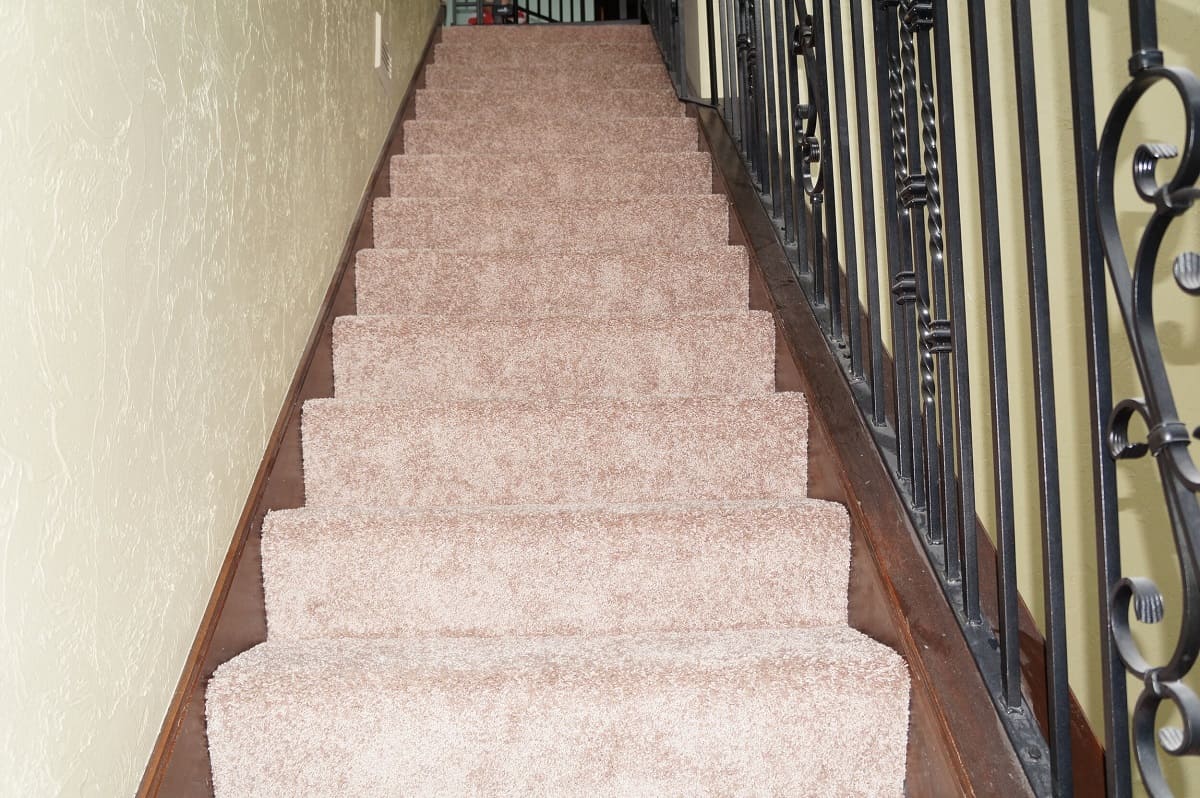
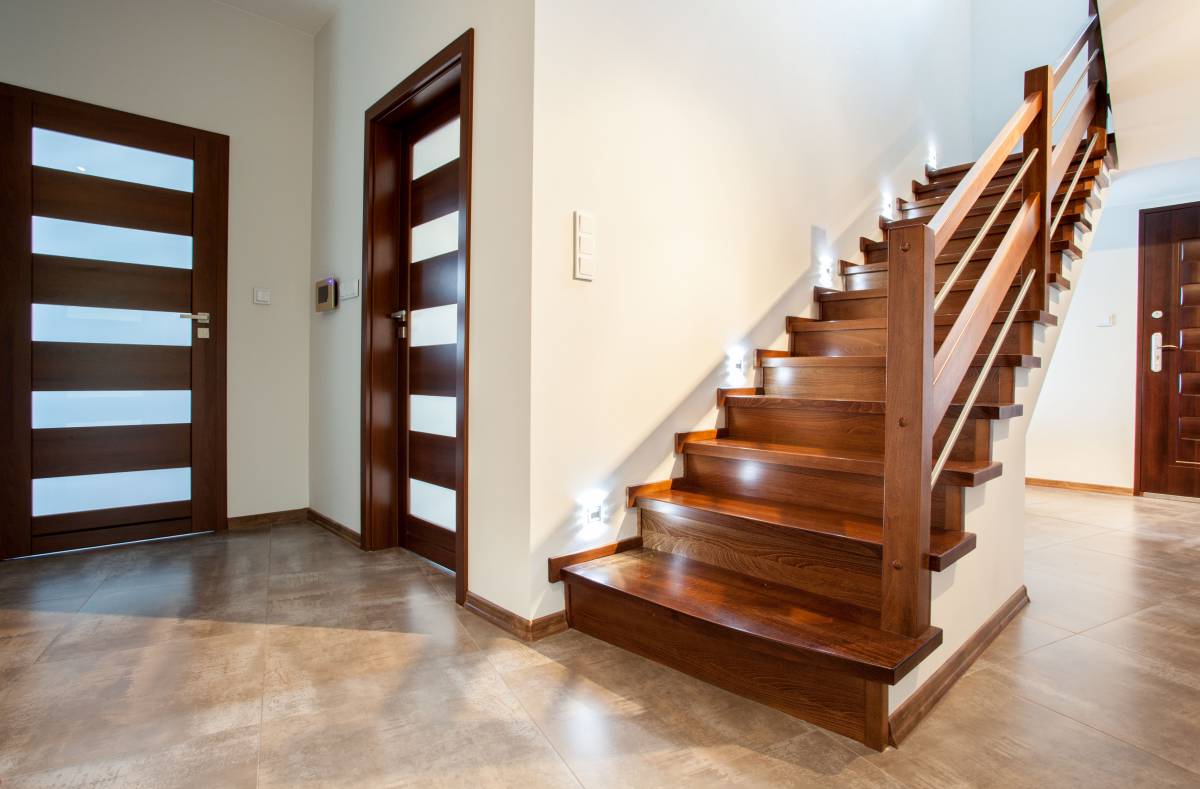
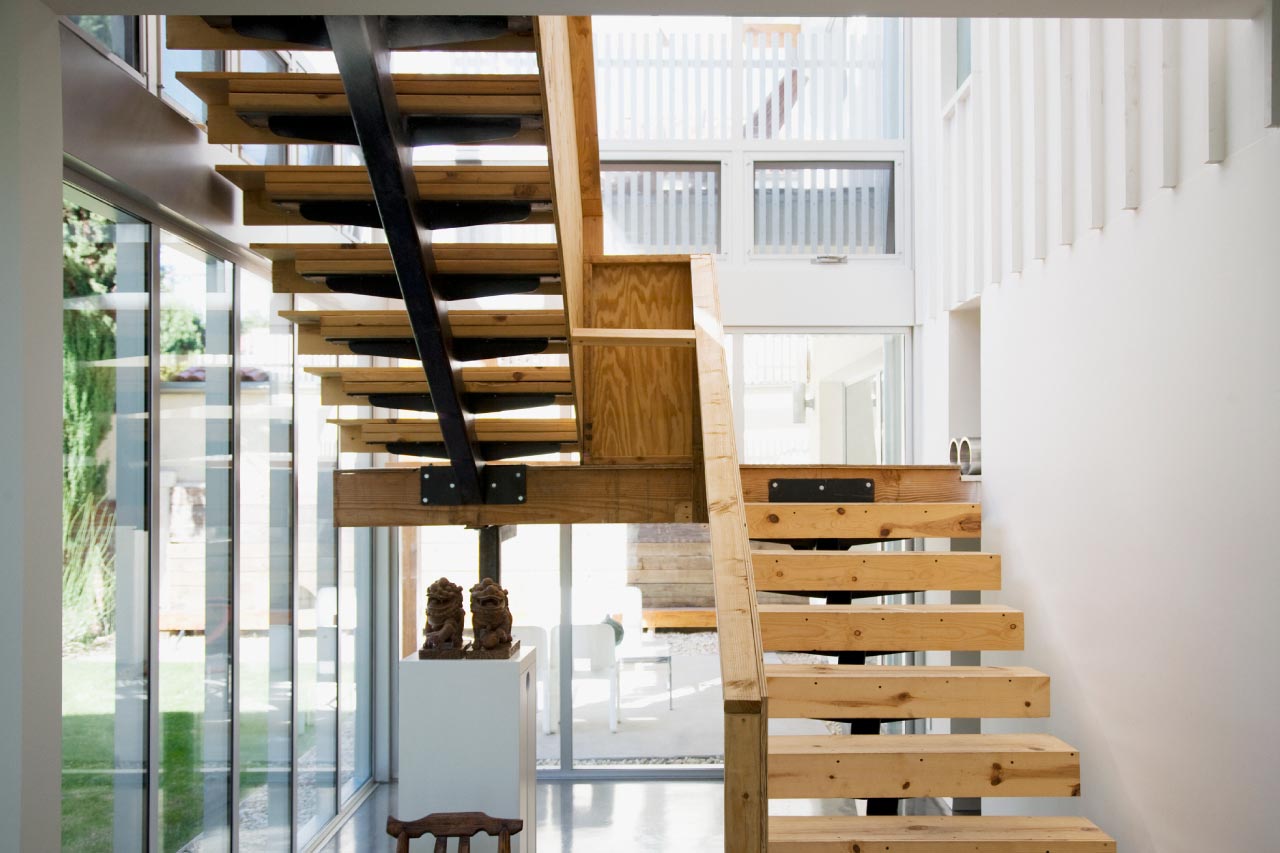
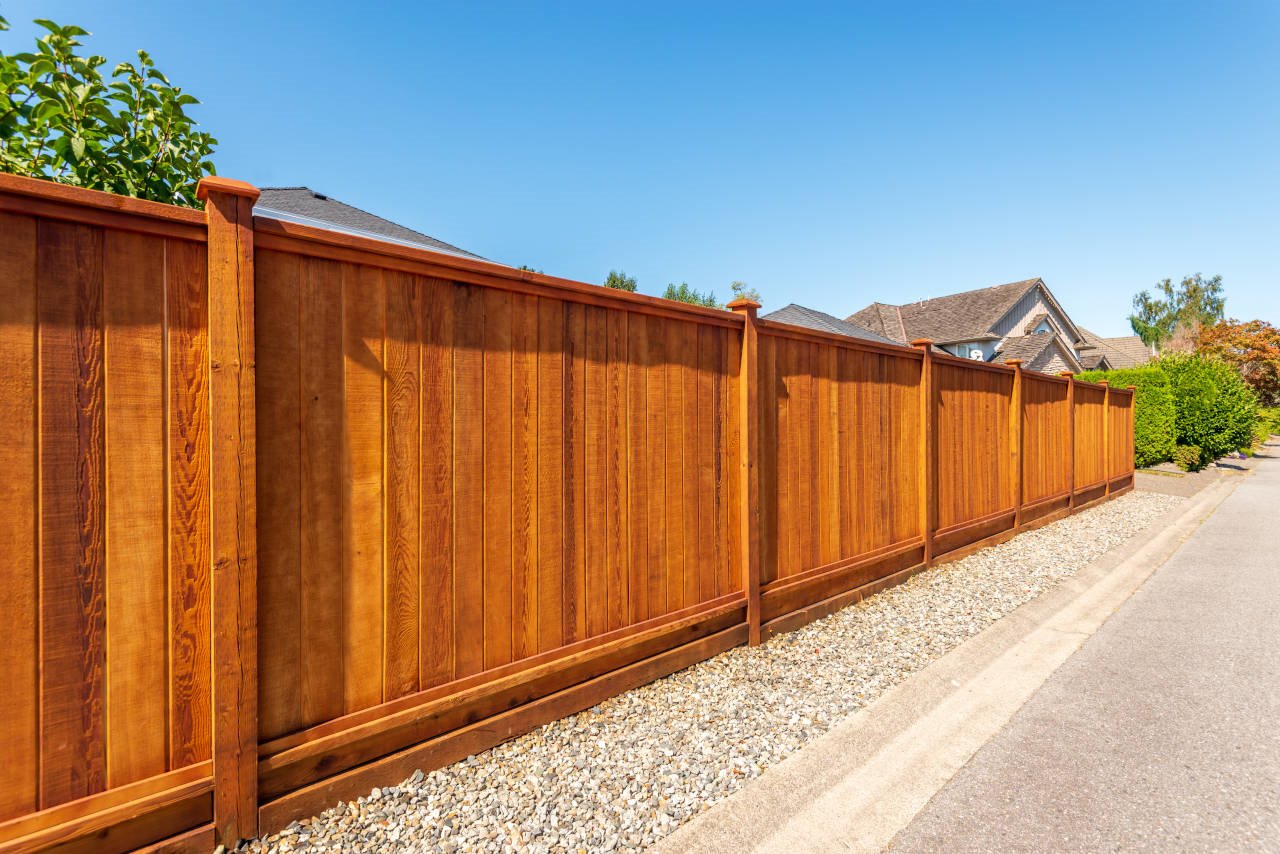

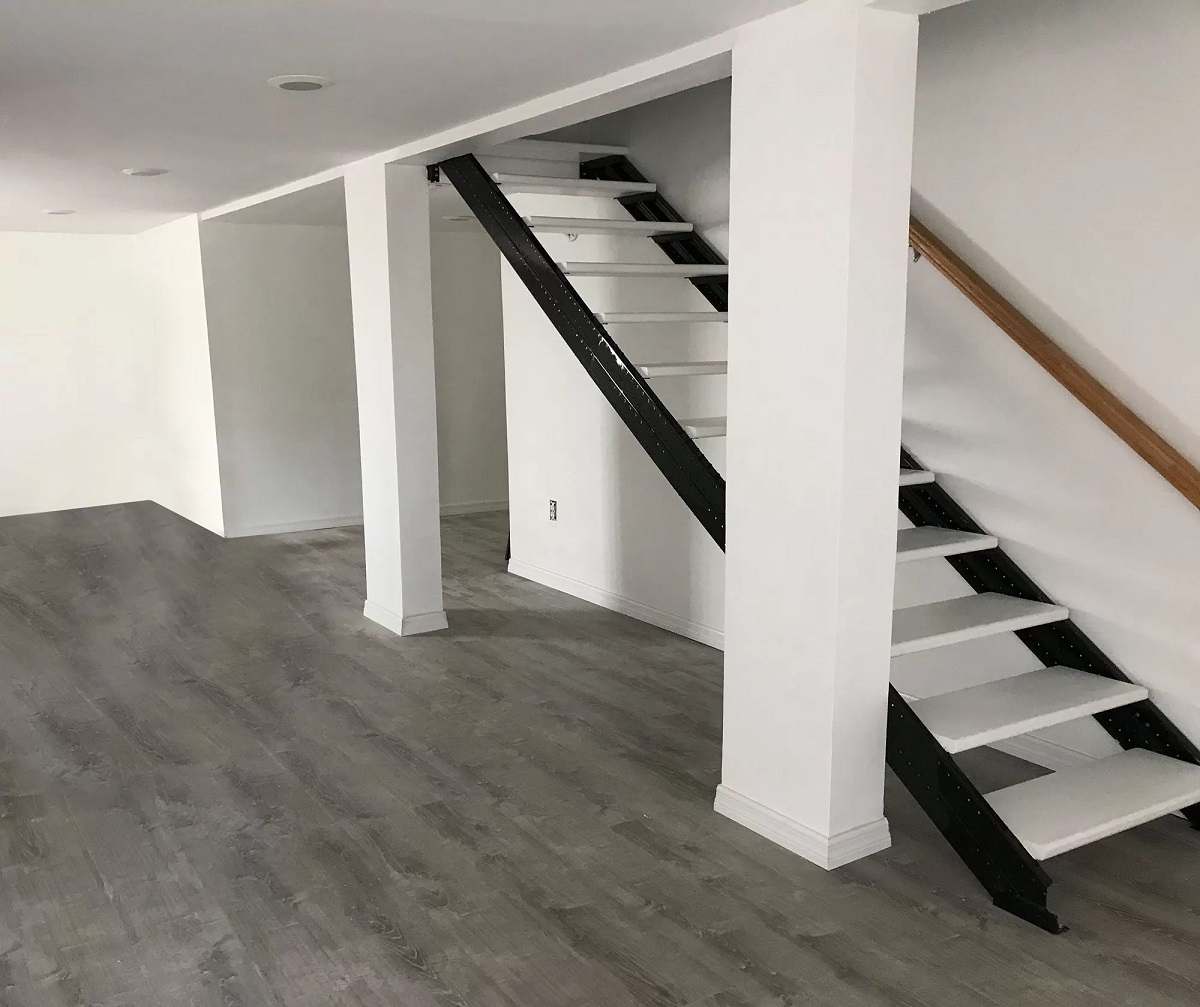
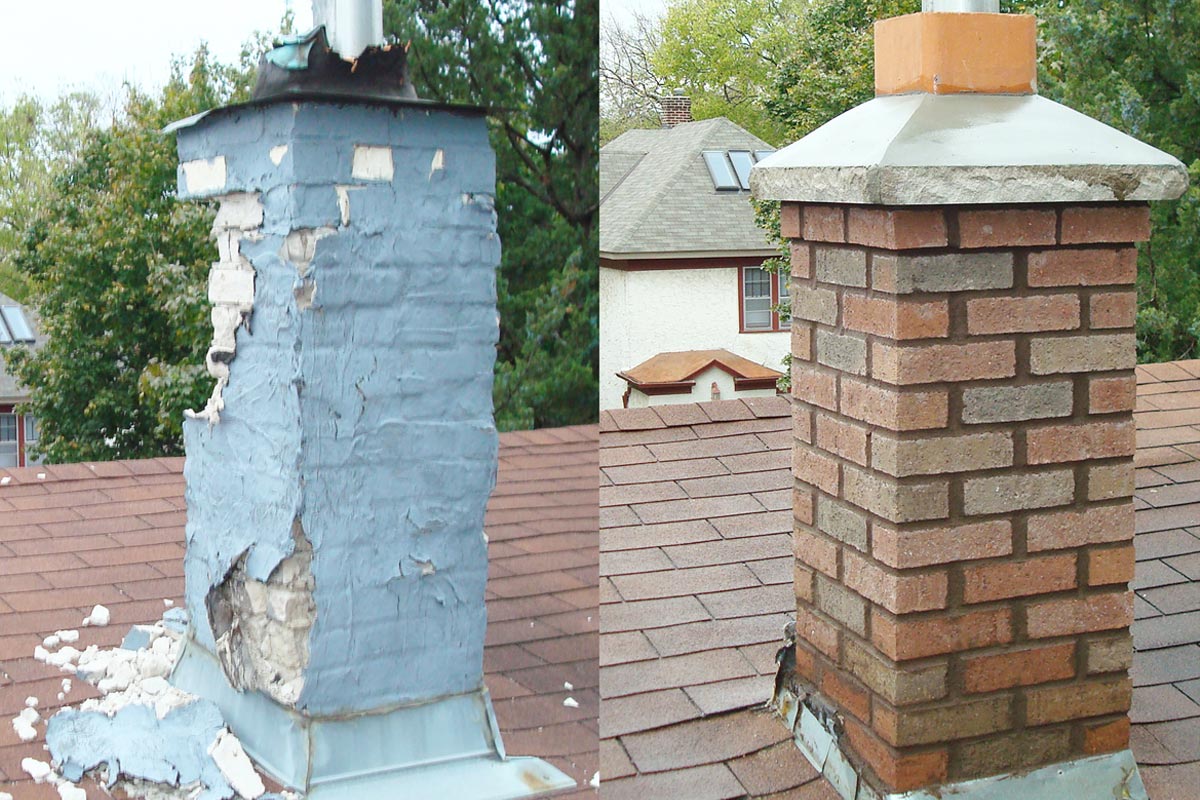
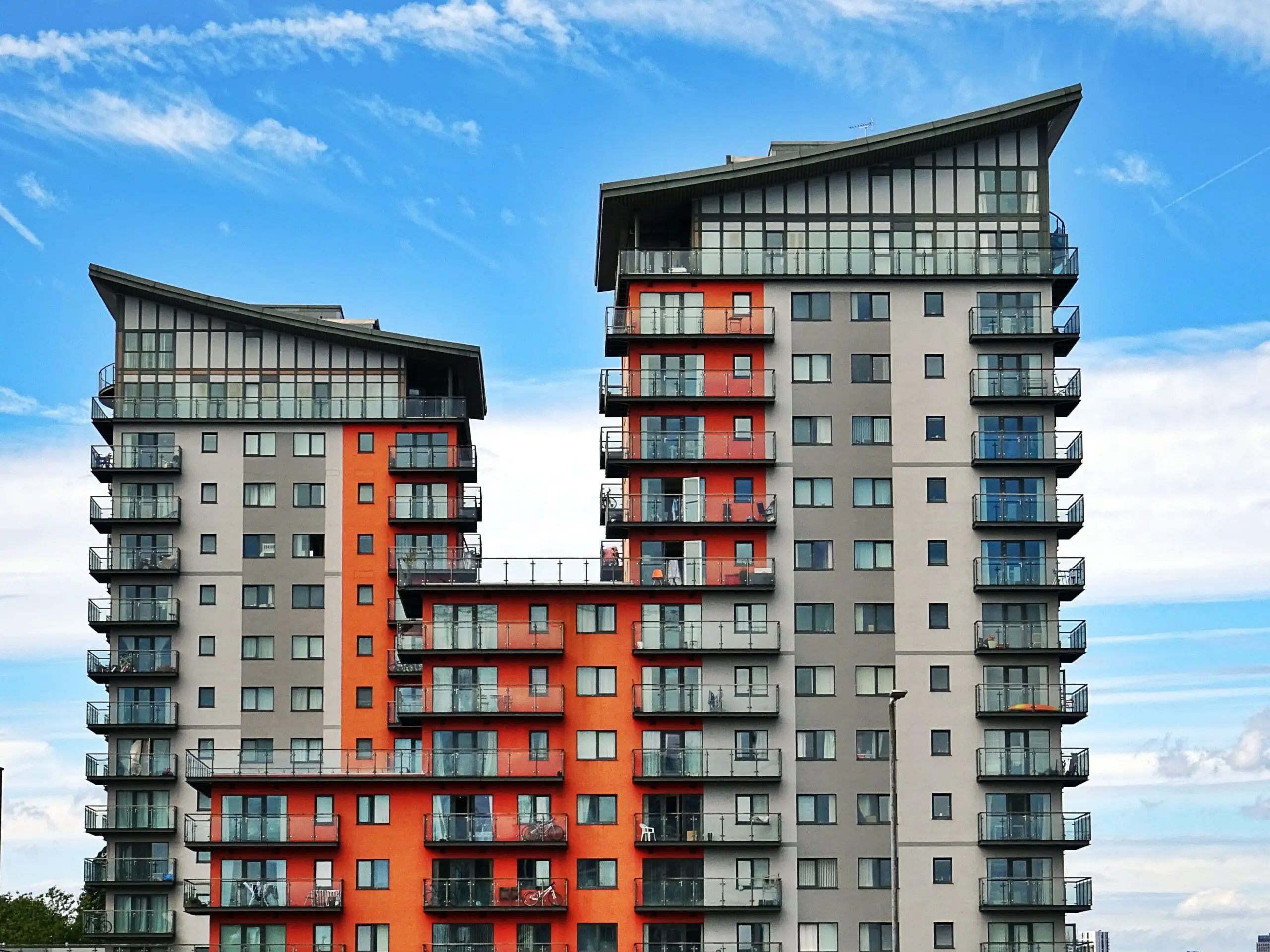
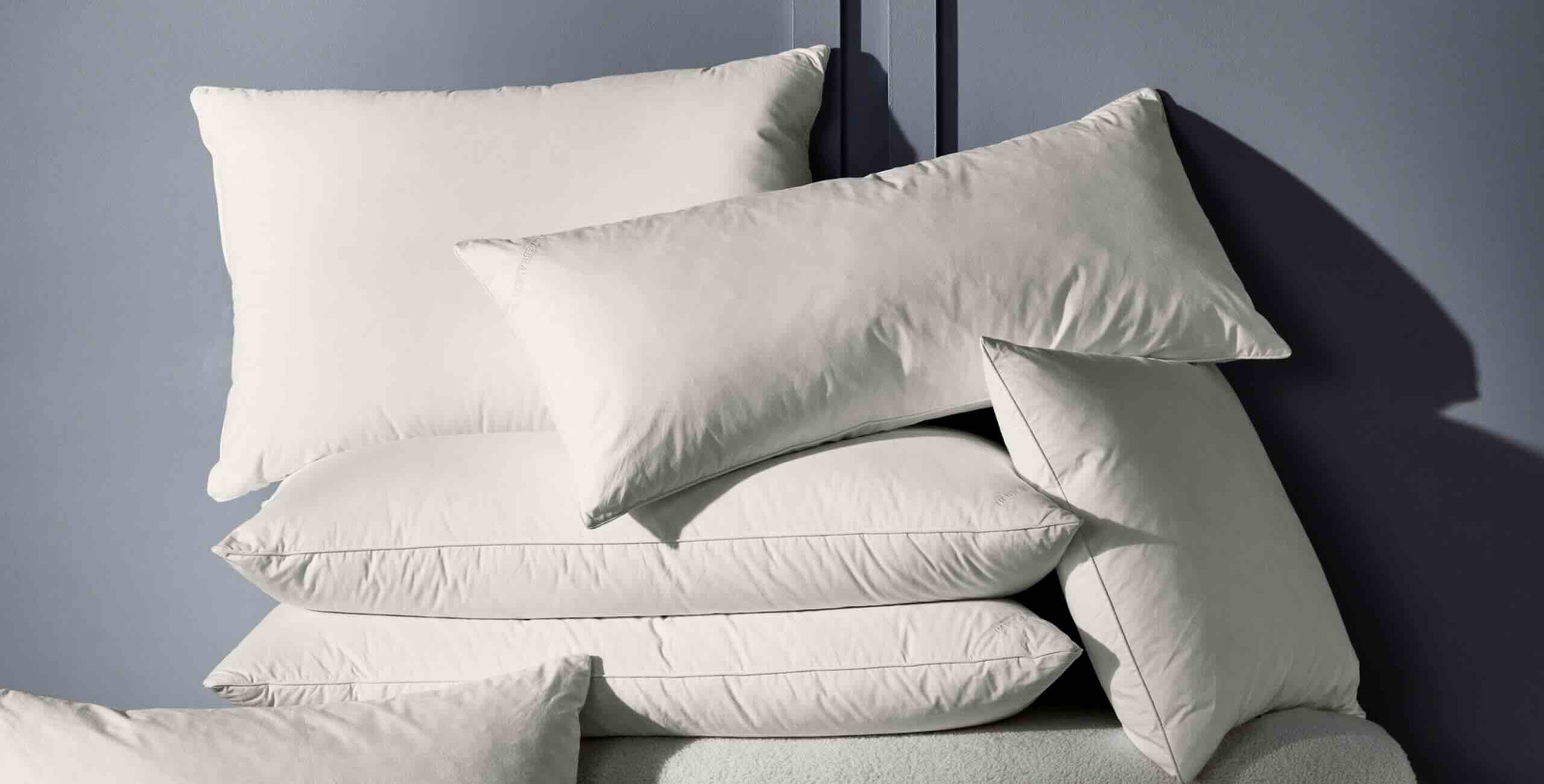

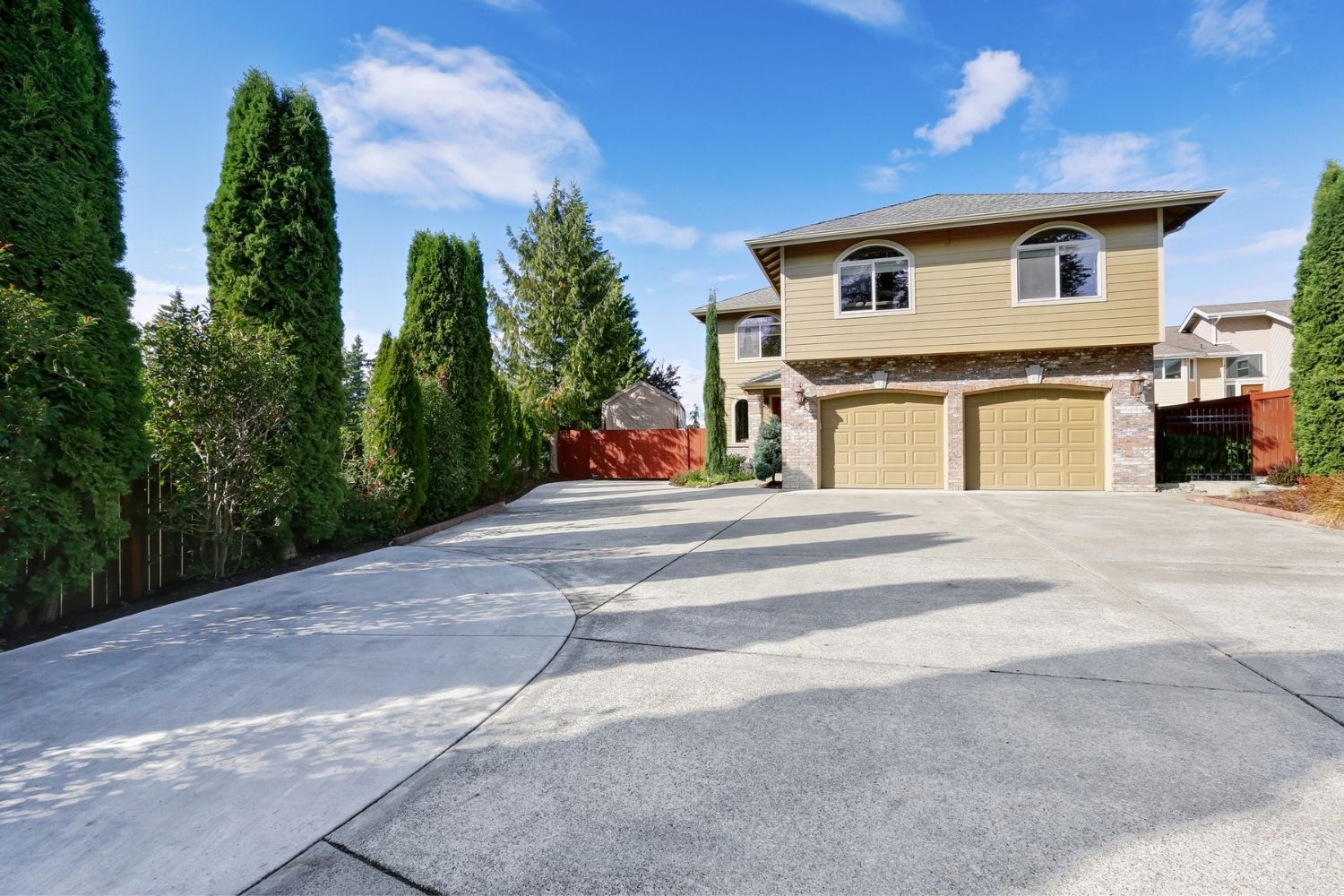
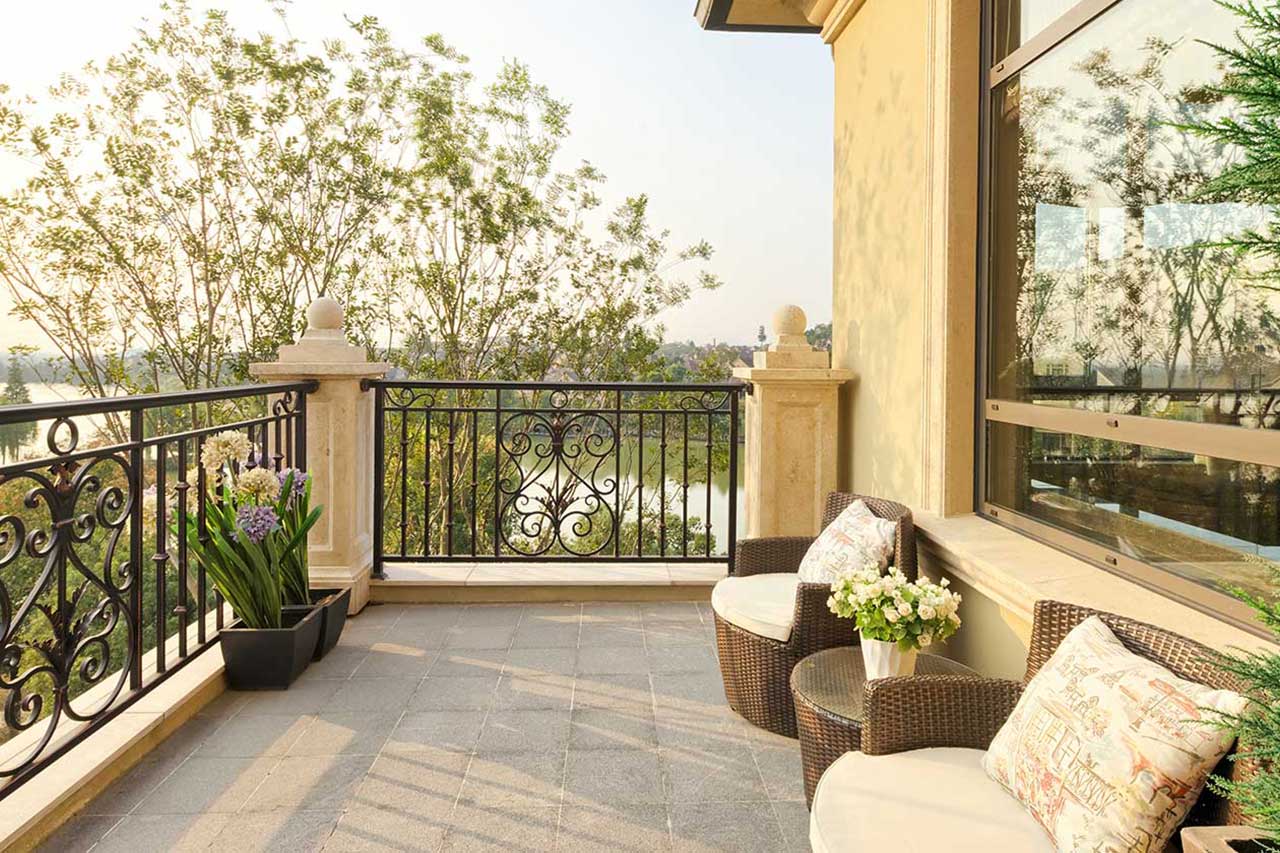
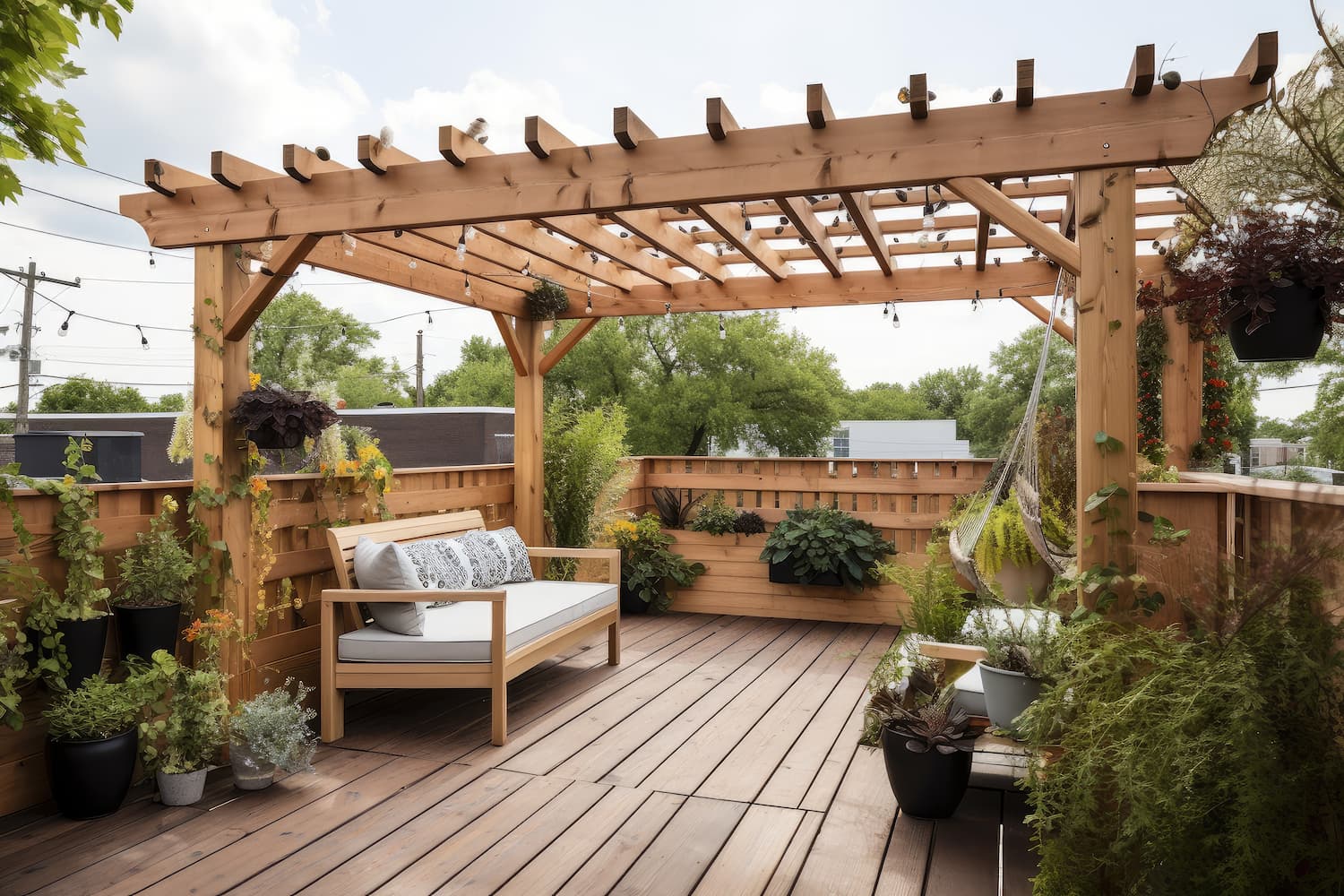
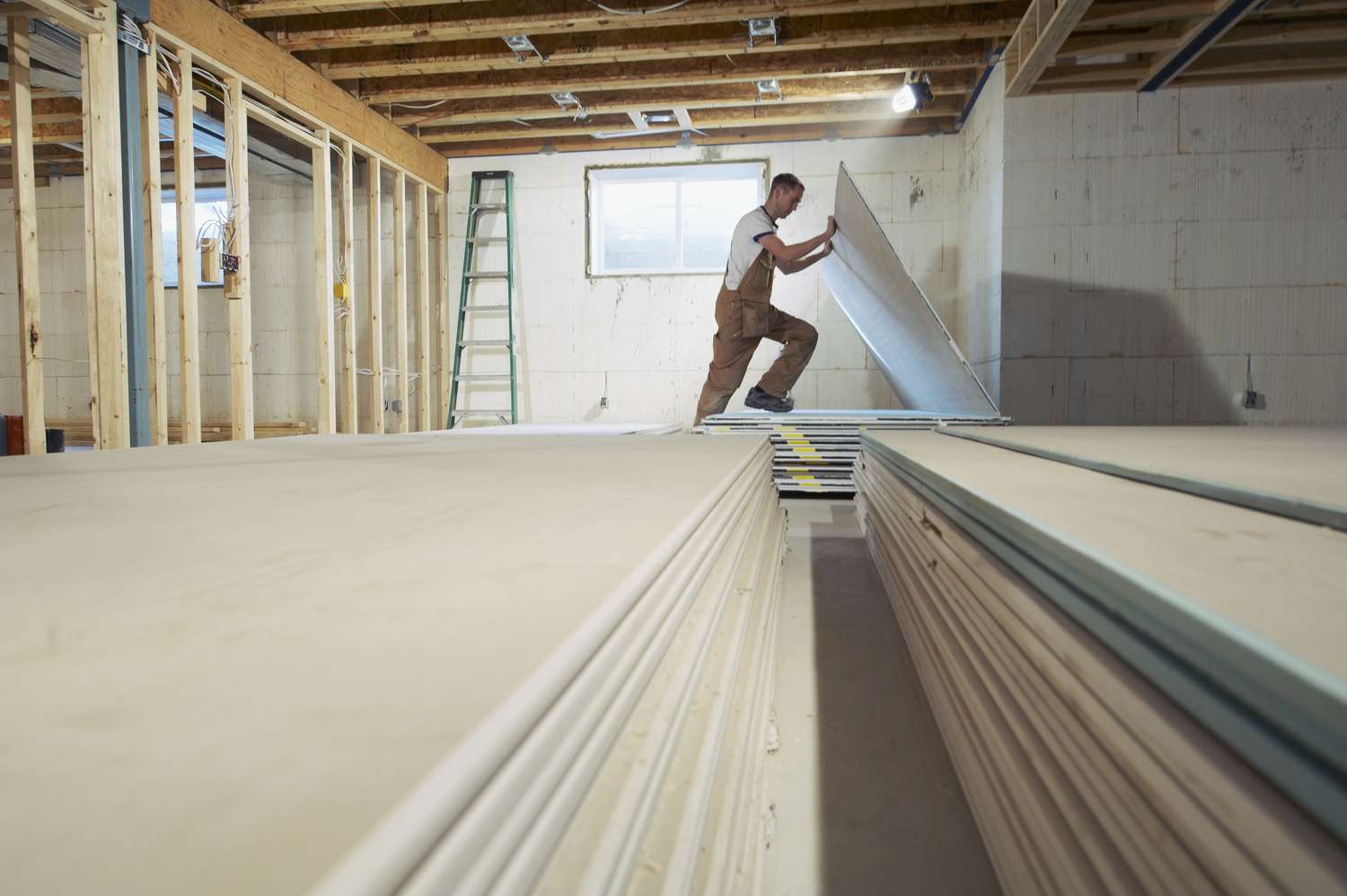

0 thoughts on “How Much Do Stairs Cost To Build”